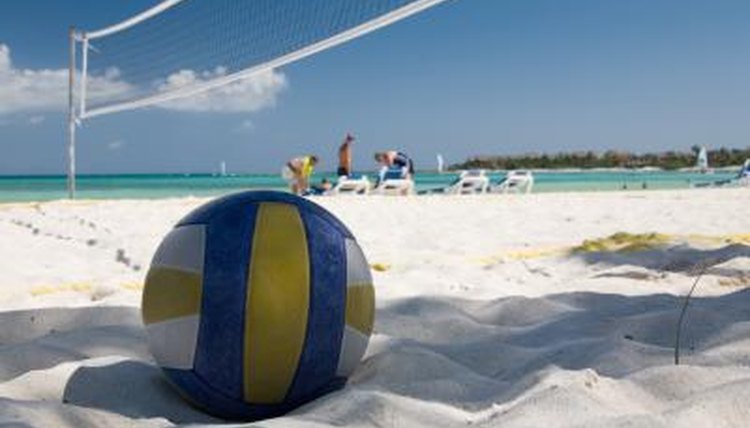Legal & Illegal Hits in Volleyball

The basic rules of volleyball are well-known in terms of legal and illegal hits. However, there are special situations that have led to the creation of new rules to define what is and is not an acceptable hit.
Volleyball rules are promulgated by:
- International Level - Federation Internationale de Volleyball
- United States - the NCAA, USA Volleyball and the National Federation of High School Associations
The rules are essentially the same on the high school, college and international levels.
Basic Illegal Hits
You cannot catch or hold the ball in regulation volleyball. To insure that the ball is not held for a split second on scoop shots, you can't use open palms beneath the ball to hit it.
You cannot throw the volleyball either.
Double hits are an example of a special situation. Double hits are legal only on a team's first contact, such as digging out a serve, but illegal on subsequent hits.
Conditional Legal Hits
Hits can be legal or illegal, depending on the situation. For example, a team can only hit the ball three times before it must go over the net to the opponent's side. A fourth hit is illegal. However, a block does not constitute a hit, so in that situation a team can block a shot and then hit it three more times.
Special Circumstances
A ball that hits the net is live and still in action. That applies to serves as well.
Serves cannot be hit or blocked by the front line.
Apart from the serve, you cannot attack a ball coming over the net until it has broken the plane of the net. However, you can break the plane of the net after the opponents have completed their attack by using up their three hits.
Although you cannot hit the ceiling with your serve, hitting the ceiling with any other shot that goes into the opponent's court is allowed under high school or college rules in the United States.
In volleyball you can kick the ball
Can you kick the ball in volleyball? Yes you can kick the volleyball. Contacting the ball with any part of the body below the waist used to be illegal. Now, when the ball hits any part of your body, including the leg or the foot, it constitutes a legal hit.
Writer Bio
Jim Thomas has been a freelance writer since 1978. He wrote a book about professional golfers and has written magazine articles about sports, politics, legal issues, travel and business for national and Northwest publications. He received a Juris Doctor from Duke Law School and a Bachelor of Science in political science from Whitman College.
